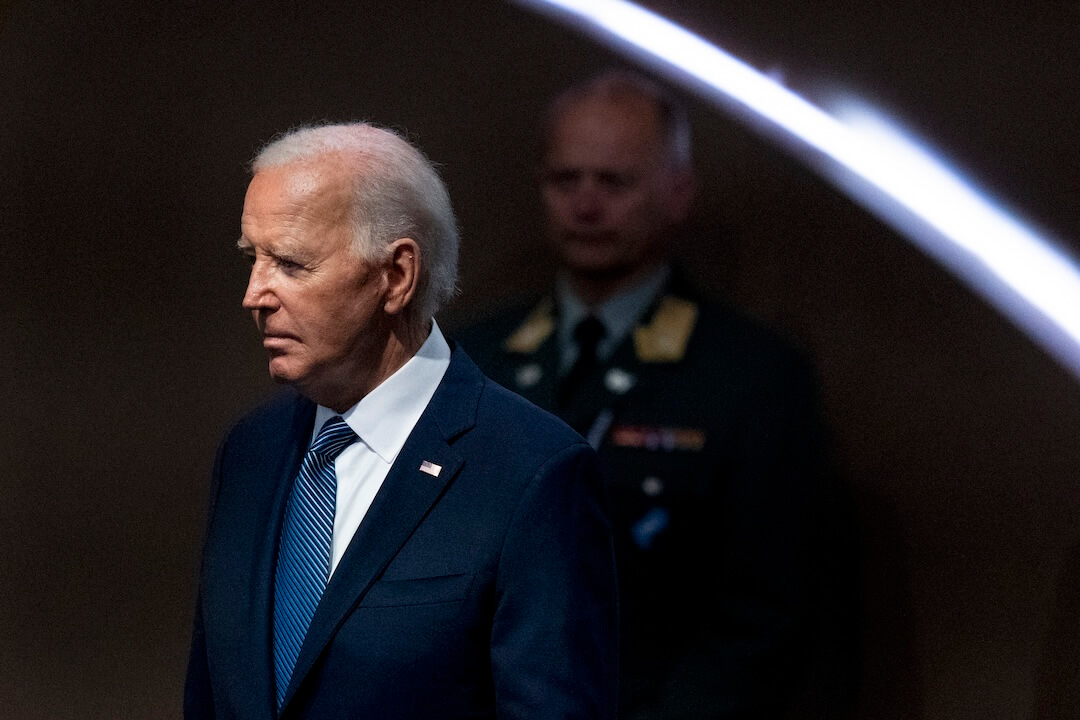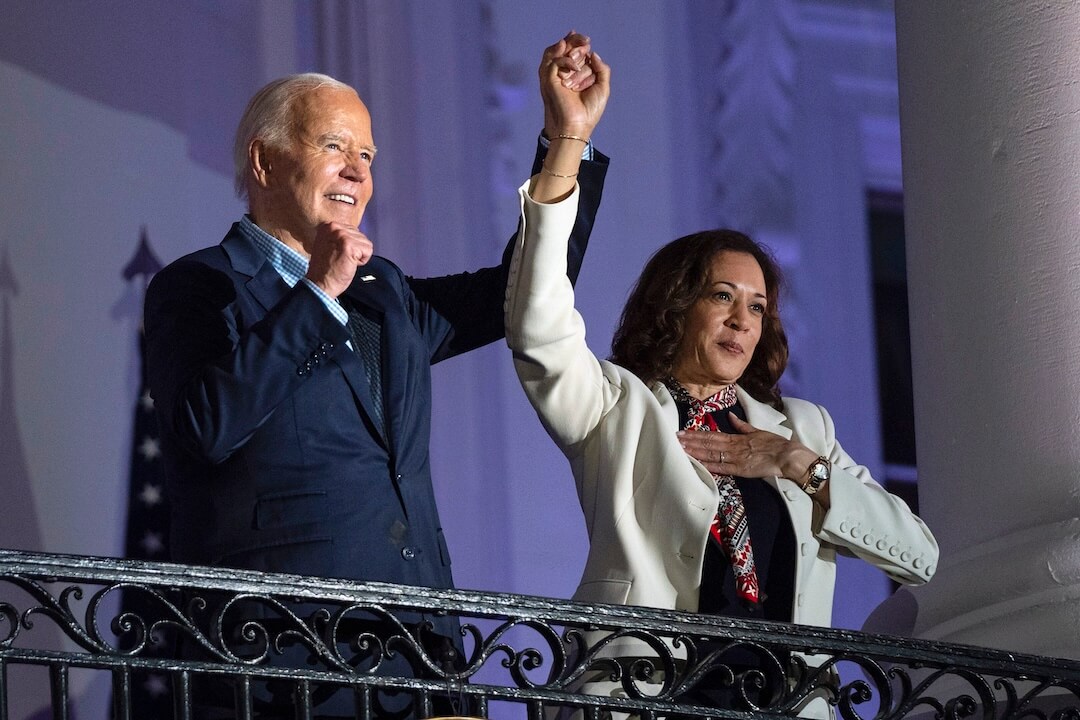Factually is a newsletter about fact-checking and accountability journalism, from Poynter’s International Fact-Checking Network & the American Press Institute’s Accountability Project. Sign up here
How hoaxers use hypocrisy
We’ve long known that disinformation preys on intense emotional response. Tommy Shane writing for First Draft in June laid out the myriad ways our psychology can be hijacked to spread falsehoods online. Among the confusion and the politicization of health guidance in the COVID-19 pandemic, hypocrisy is being used as a tool to provoke emotions and question the credibility of authority figures responding to the crisis.
Democrats attending the late Rep. John Lewis’ funeral were accused of flouting both masking and social distancing guidelines when a meme used an out of context photo from 2015. It was debunked by Snopes.
LeadStories debunked a claim accusing Dr. Anthony Fauci, the nation’s top infectious disease official, of advocating the use of hydroxychloroquine to treat coronavirus in 2005. The fact-check pointed out the hoax cited the study of a different drug, chloroquine, and that the researchers never concluded it could be used to treat COVID-19.
In the wake of House Speaker Nancy Pelosi’s congressional mask mandate, Reuters debunked a claim that used an out of context photograph to accuse Pelosi of secretly violating her own order in private.
It’s not the first time we’ve seen hypocrisy used as a tool of both dis- and misinformation during the COVID-19 infodemic. In April, Le Monde’s fact-checking team Les Décodeurs debunked a claim accusing French President Emmanuel Macron of jet skiing during that country’s lockdown. In July, Italian fact-checking organization Facta debunked a claim that chastised European leaders shown in a photo dining without wearing masks. Both instances took old pictures out of context.
It’s also not surprising that these techniques work. COVID-19 is a new virus, and changing scientific consensus has already bred confusion, as I wrote in July. Moreover, in the United States, trust in public institutions has been on the decline since the 1960s. So accusations that authority figures are flouting their own recommendations are appalling and infuriating. And for the hoaxers and misinformers spreading these claims, that kind of emotional response is exactly what they’re after.
– Harrison Mantas, IFCN

. . . technology
- Tik Tok announced in a blog post it would ban deepfakes on the platform to cut down on the spread of disinformation.
- Vanessa Pappas, TikTok’s general manager of U.S. operations, said the intent was to protect users from, “content that misleads users by distorting the truth of events in a way that could cause harm.”
- Pappas also announced TikTok is partnering with PolitiFact and LeadStories to help with fact-checking in this year’s U.S. presidential election.
- WhatsApp is piloting a new feature it calls “search the web” aimed at helping users verify whether the content of messages they receive is true.
- The Facebook-owned company said users can tap a magnifying glass button that will then lead to a prompt that will allow them to search the information on the web.
- The feature was rolled out starting this week in Brazil, Italy, Ireland, Mexico, Spain, U.K., and the U.S.
. . . politics
- A number of news organizations are paying closer attention to QAnon. Among them:
- The Washington Post’s Isaac Stanley-Becker wrote that recent actions by President Donald Trump and his associates have brought QAnon adherents “more directly into the fold.”
- Axios described “QAnon’s 2020 resurgence.” One nugget from the piece: According to Atlantic Council data shared with Axios, QAnon pages and groups on Facebook “had nearly 10 times more likes at the end of last month than they did last July.”
- QAnon followers are targeting media outlets in Nigeria, casting U.S. Democrats as anti-Black, the Daily Beast reported.
- PolitiFact’s Daniel Funke tackled the question of why videos manipulated to make House Speaker Nancy Pelosi look drunk keep going viral.
. . . science and health
- Quebec’s public health research institute found in a survey that even some health care workers believed misinformation about the coronavirus, the CBC reported.
- Overall, almost one in four people believed the COVID-19 virus was man-made, the CBC said, and among those working in a health care setting the number was 28%.
- Picking up on last week’s controversy involving doctors spreading misinformation about COVID-19 cures, HuffPost wrote about some ways people can tell if their doctor is a quack.

In a July 30 tweet, President Trump once again criticized mail-in ballots as potentially fraudulent, saying their use could lead to inaccurate results, even as some state and local officials are trying to encourage people to vote by mail to help prevent the spread of COVID-19.
The president sought to make a distinction between mail-in and absentee ballots, while also raising the prospect of a delayed election.
There were so many assertions tied together in one tweet that unraveling it required a comprehensive guide.
Indeed, FactCheck.org delivered just that. The fact-checker walked through some of the most common claims associated with the balloting issue: Mail-in vs. absentee voting, false claims about voting in Michigan and California, and a conspiracy theory about fake ballots being printed overseas.
In fact, Trump on Tuesday backtracked from a claim about mail-in ballots in Florida. CNN reported that Republicans in the state had been urging the president to reassure Floridians that mail-in balloting was secure.
What we liked: With the firepower of four staff writers, FactCheck.org created a thorough, one-stop-shopping fact-check on mail-in voting that can be a go-to source for anyone seeking the facts on voting mechanics.
– Susan Benkelman, API

- Here are nine tips for reporters covering election misinformation, from API’s Trusted Elections Network.
- The IFCN launched a Portuguese version of its WhatsApp chatbot. The tool gives Portuguese speakers access to fact-checks about COVID-19 in their native language.
- The BBC’s Marianna Spring chronicled how quickly misinformation spread and developed in the wake of the Beirut explosion.
- Insider’s Rachel E. Greenspan outlined Donald Trump Jr.’s long history of spreading misinformation.
- Brazilian fact-checking organization Agência Lupa released an English version of its data visualization that shows what it would look like if all of Brazil’s COVID-19 deaths were in your neighborhood.
That’s it for this week! Feel free to send feedback and suggestions to factually@poynter.org. And if this newsletter was forwarded to you, or if you’re reading it on the web, you can subscribe here. Thanks for reading.







